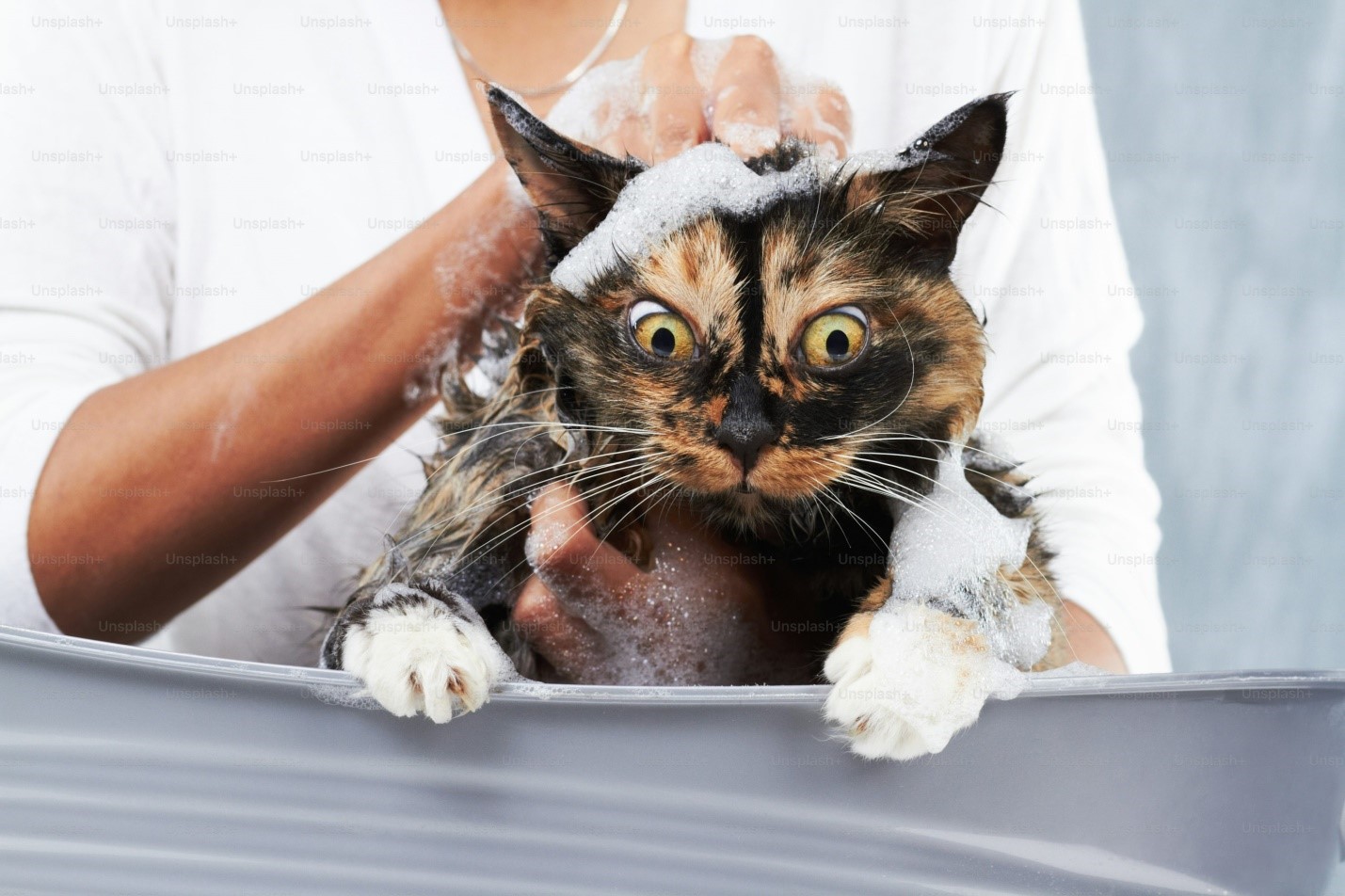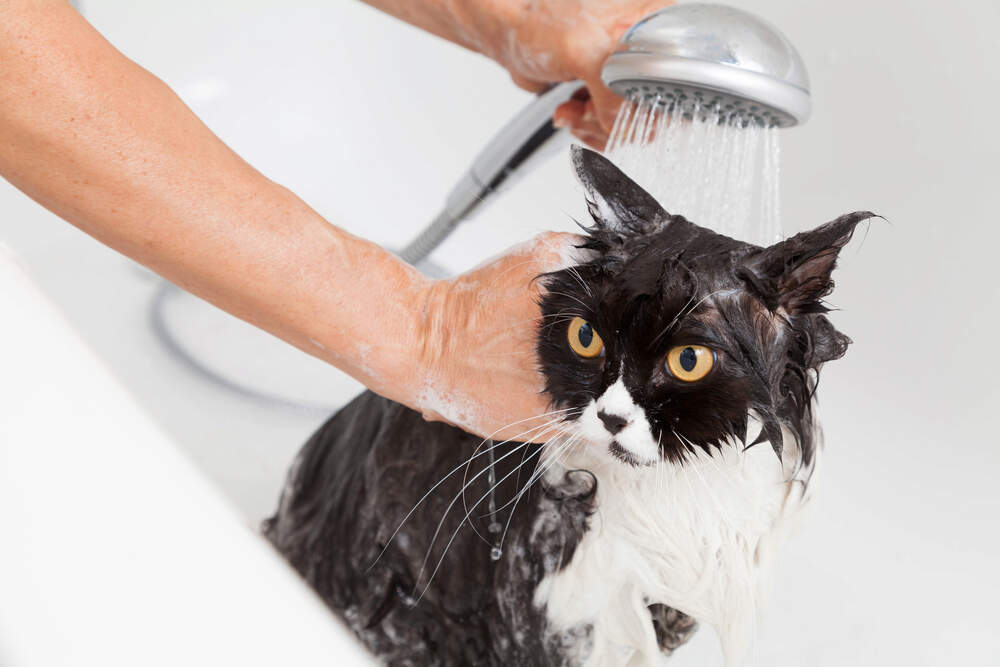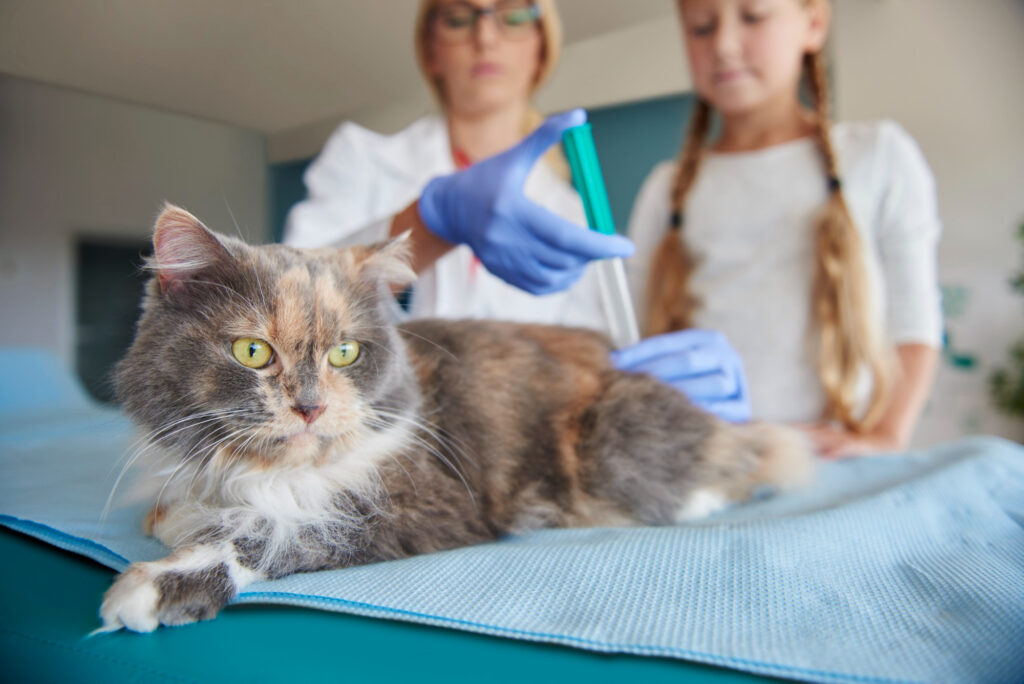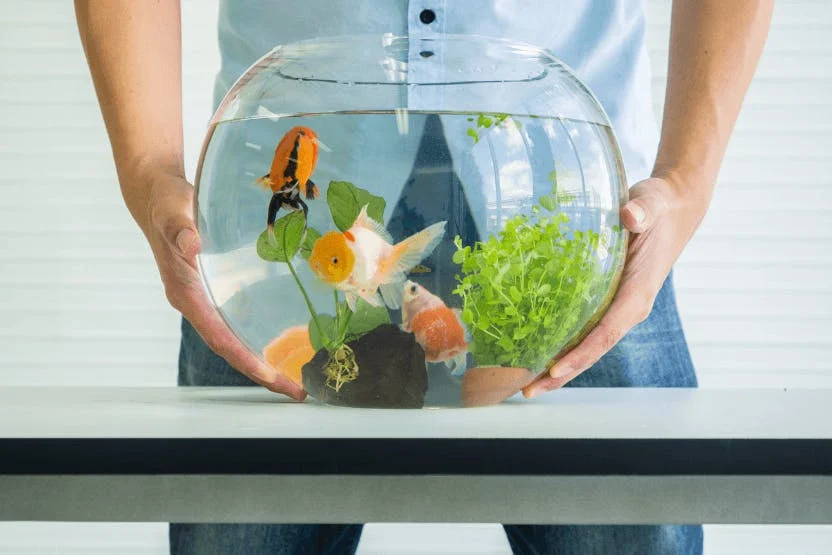Easy Tips for Bathing Your Cat at Home

Bath Time Blues? Not Anymore!
Bathing a cat can be a daunting task, but with the right approach, it can be a surprisingly stress-free experience. While most cats are natural groomers, there are times when a bath is necessary, such as when they’re covered in dirt, dealing with fleas, or have skin issues.
Ready to take the plunge? Let’s dive into our guide to stress-free cat bathing. We’ll cover everything from preparation to post-bath pampering, ensuring both you and your feline friend have a positive experience.
Why Cats Don’t Like Baths
Preparation Activity
Preparing for the Bath
1. Get the Right Supplies Having all the right type of supplies is important because, it makes the whole process easier to go through.
Here’s what you’ll need:
- Gentle cats’ soap that is preferred to be used and not the human one.
- A cup or small container for rinsing
- A non-slip mat for the sink or bathtub
- Towels
- A brush for detangling fur
- Treats to reward your cat after the bath
2. Groom Your Cat before the bath session Ensure that you brush your cat before you start the bathing process to ensure that you remove all the loose fur, dead skin as well as tangles. This helps to prevent mats and makes the bathing process easier. Brushing also removes any loose debris, making the bath more effective.
3. Trim Their Nails Cats may scratch when they’re scared or stressed, so trimming their nails before the bath can help protect both you and your cat. Be sure to trim just the tips, avoiding the quick (the sensitive part inside the nail).
4. Pick the Right Time Cats are more likely to cooperate if they’re calm. Try to choose a time when your cat is relaxed, such as after a nap or play session. Avoid bathing them when they are already anxious or excited.
Steps for Bathing Your Cat

1. Take lukewarm Water Using warm water is desirable for your cat to reduce its stress level during the bath. It is also easy to prepare a small basin of water to shallow enough to wet the fur of the kitten without necessarily putting him in a bath tub.
2. Wet Your Cat Gradually In a case long hair cat, you should not just hose it down by splashing water on the cat instead wet their fur using a small cup or even just a spray bottle. Instead, begin at the nape of their necks and go down without touching their head. Another area that needs to be handled with a lot of caution is the face and ears because cats get scared when water is applied on the two parts of their body.
3. Wash with Cat-Safe Shampoo You should use cat’s shampoo to wash your cat, pour a small amount of the shampoo into your hand and start rubbing it into the coat of your cat. This means that one should stay oblivious of it and never address its face and specifically, the eyes and the ears. It’s important to use the shampoo meant for cats in your kitty not use the one meant for humans or for dogs as it may cause itchiness of their skins.
4. Rinse Well Using cup or with the help of a spray handle, wash the shampoo off the fur of your cat. Note that leaving any touch of soap is bad since it causes skin rash to the individuals. Just like with any other wet food, do not allow the cat get its face, ears or eyes wet.
5. Pat the Cat with Towels After the bath is over, take your cat and pat it with soft towels to soak much water as possible. After you submerge your body into the shower, you can cover the kids with another dry towel and pat them until they are relatively dry. Do not use a blow dryer, most cats get scared of the sound and the heat may be too much for their skins.
Additional Tips for a Stress-Free Bath
1. Stay Calm The Cats are sensitive; they pick on your emotions. You need to be calm as this will ensure that your cat becomes relaxed as well. It is important to talk to them gently throughout the bath so as to calm them down.
2. Do Not Force Your Cat If your cat refuses to get wet, then you should not force him or her into the water. It may take some time before you watch a particular film or develop a particular technique just in case you change your mind in the process. Otherwise, the result will only worsen your cat’s stress level due to the fast progress of the method.
3. Give Rewards Feed your cat some treats after the bath because this will help to build a positive experience in relation to this activity. This will help them feel more relax the next time you have to bath them.
4. Do Not Over Bath Most cats do not need to be bathed so often. Washing them more often than required can also remove the oils on the animal skin thus making the skin dry. A bath as seldom as possible, or when the cat is very dirty should be enough.
Do’s and Don’ts for a Peaceful Bathing
Do’s | Don’ts |
Use cat-specific shampoo | Don’t use human or dog shampoo |
Trim nails before the bath | Don’t bathe your cat if they are too stressed |
Keep the water lukewarm | Don’t use hot or cold water |
Speak softly and calmly to your cat | Don’t yell or make sudden movements |
Rinse thoroughly to remove shampoo | Don’t leave any soap residue on their fur |
Dry them gently with a towel | Do not use a blow dryer unless your cat is okay with this. |
How to Clean Your Cat’s Face
Aftercare for Your Cat
Closing Thought
Don’t let bath time be a feline fiasco! With a little patience and planning, you can turn it into a surprisingly enjoyable experience for both you and your furry friend. Remember, a calm environment, cat-safe products, and a little reward can go a long way in making bath time a purrfectly pleasant memory.
So, roll up your sleeves, grab your rubber ducky and dive into the world of feline bathing!





